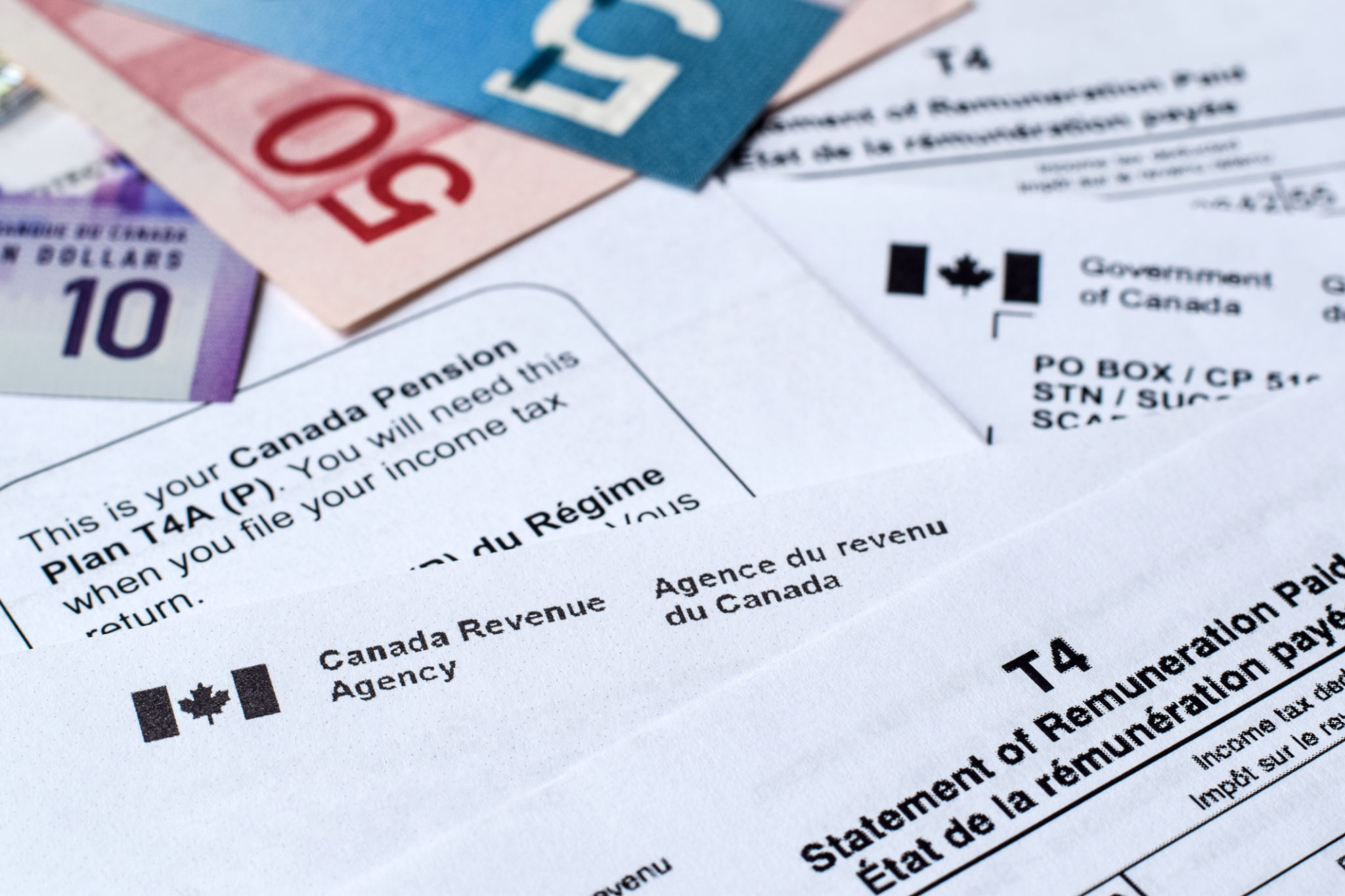Debunking Common Myths About Tax Refunds
Understanding the Truth Behind Tax Refunds
Every tax season, millions of people eagerly await their tax refunds, but there are many myths and misconceptions about how tax refunds work. Understanding the reality behind these myths can help you better manage your finances and make more informed decisions.

Myth 1: A Tax Refund Is "Free Money"
One of the most common misconceptions is that a tax refund is a form of "free money" from the government. In reality, a tax refund is simply the return of your own money that was overpaid in taxes throughout the year. When you receive a refund, it means that more money was withheld from your paycheck than necessary.
Instead of celebrating a large refund, consider adjusting your withholding to keep more money in your pocket throughout the year. This allows you to invest, save, or spend as needed without waiting for an annual payout.
Myth 2: You Should Aim for a Big Refund
While it might feel rewarding to receive a substantial refund, it's not always financially advantageous. By allowing the government to hold onto your money interest-free, you're losing out on potential earnings from investments or savings. A better strategy is to adjust your withholding to minimize your refund and maximize your take-home pay.

Myth 3: Refund Amounts Are Consistent Year Over Year
Many assume that their tax refund will remain consistent each year, but several factors can affect the amount. Changes in income, tax laws, deductions, and credits can all influence your refund. It's important to stay informed about these variables and plan accordingly.
For example, changes in tax credits for dependents or adjustments to your filing status can significantly impact your return. Regularly reviewing these factors can help you anticipate and understand fluctuations in your refund amount.
Myth 4: Tax Refunds Are Always Subject to Processing Delays
While it's true that some refunds experience delays, particularly if filed close to the deadline or with errors, most refunds are processed efficiently. The IRS typically issues refunds within 21 days of e-filing, provided there are no complications.

To ensure a smooth and timely refund process, file your taxes early, double-check for accuracy, and opt for direct deposit. These steps can help you avoid unnecessary delays and receive your refund promptly.
Myth 5: Only Professionals Can Maximize Your Refund
Although professional tax preparers can offer valuable guidance, many people can successfully file their own taxes and optimize their refund using online tools and software. These programs often provide step-by-step instructions and check for available deductions and credits.
Of course, if your tax situation is complex, such as owning a business or having significant investments, consulting with a professional may be beneficial. However, for straightforward returns, self-filing can be a cost-effective option.
Conclusion
Understanding the realities of tax refunds can help you make smarter financial decisions and better plan for the future. By debunking these common myths, you'll be equipped to manage your taxes more effectively and make the most of your hard-earned money.
